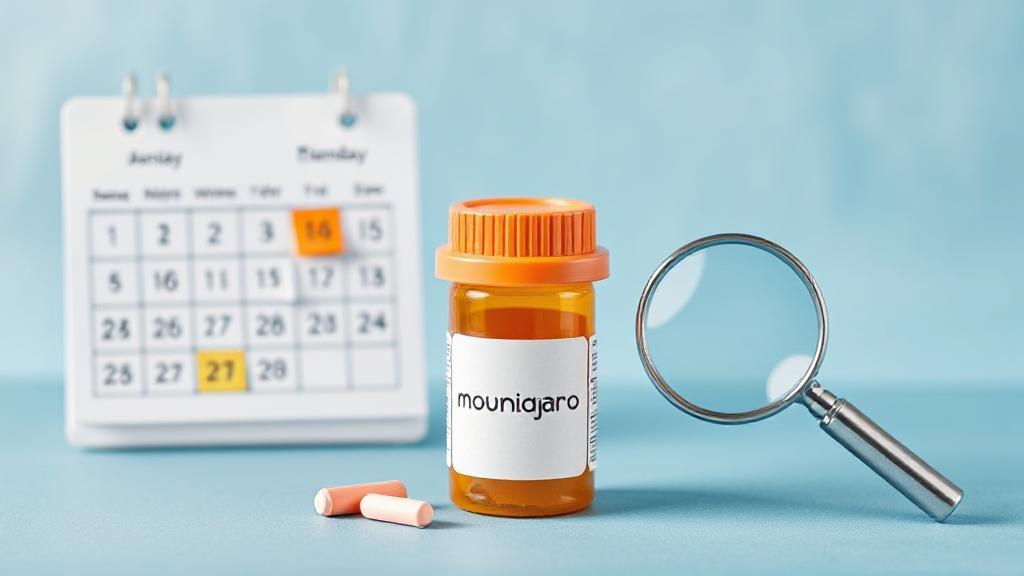Understanding Mounjaro and Its Uses
Mounjaro, also known as Tirzepatide, is a medication that has gained significant attention for its potential in treating type 2 diabetes and obesity. Developed by Eli Lilly, Mounjaro is a dual glucose-dependent insulinotropic polypeptide (GIP) and glucagon-like peptide-1 (GLP-1) receptor agonist. This dual action helps in regulating blood sugar levels and promoting weight loss, making it a promising option for patients struggling with these conditions.
Current Insurance Coverage Status
Many major insurance providers have begun including Mounjaro in their formularies, though coverage varies significantly by plan and provider. Some of the largest insurers currently covering Mounjaro include:
- UnitedHealthcare
- Anthem Blue Cross Blue Shield
- Cigna
- Aetna (with restrictions)
Requirements for Coverage
Medical Necessity
To qualify for coverage, patients typically must meet several criteria:
- Diagnosed with type 2 diabetes
- Previous trial of metformin or other first-line medications
- Documentation of inadequate glycemic control
- Regular monitoring of A1C levels
Prior Authorization
Most insurance companies require prior authorization before covering Mounjaro. This process involves:
Cost Considerations
Current Pricing
Without insurance, Mounjaro costs approximately $1,000-$1,300 per month. Coverage can significantly reduce out-of-pocket expenses to:
| Insurance Type | Typical Monthly Cost |
|---|---|
| Commercial | $25-100 |
| Medicare Part D | $100-300 |
| Medicaid | $0-25 |
Patient Assistance Programs
Eli Lilly offers several programs to help with costs:
- Savings cards for commercially insured patients
- Patient assistance programs for uninsured individuals
- Bridge programs during insurance approval processes
For more information, visit Lilly Cares.
Steps to Secure Coverage
Working with Healthcare Providers
Patients should:
- Discuss medical necessity with their healthcare provider
- Obtain proper documentation
- Request prior authorization submission
- Follow up regularly on authorization status
Appealing Denials
If coverage is denied:
- Review the denial reason carefully
- Gather additional supporting documentation
- Work with your healthcare provider to appeal
- Consider external appeal options if necessary
Future Coverage Outlook
The coverage landscape for Mounjaro is expected to improve as:
- More clinical data becomes available
- Competition increases in the GLP-1 market
- Insurance companies update their formularies
- Healthcare policies evolve
"The potential approval of Mounjaro for obesity treatment could lead to broader insurance coverage, as seen with similar GLP-1 medications like Wegovy," notes the American Diabetes Association.
Expert Tip: Keep checking your insurance provider's formulary updates, as coverage policies can change quarterly or annually.
For the latest coverage information, visit Eli Lilly's Mounjaro website or contact your insurance provider directly.
Remember to document all interactions with insurance companies and healthcare providers, as this information may be crucial for appeals or future coverage requests.
